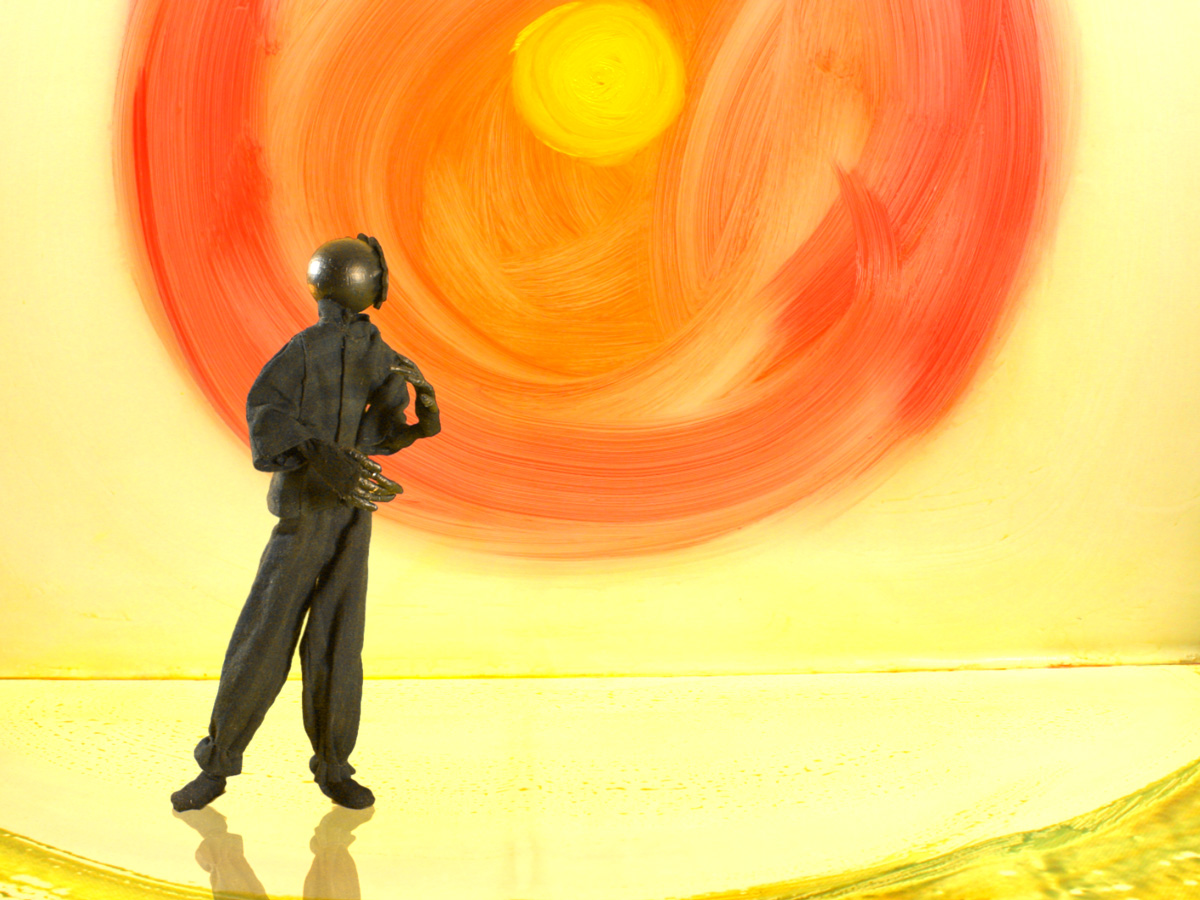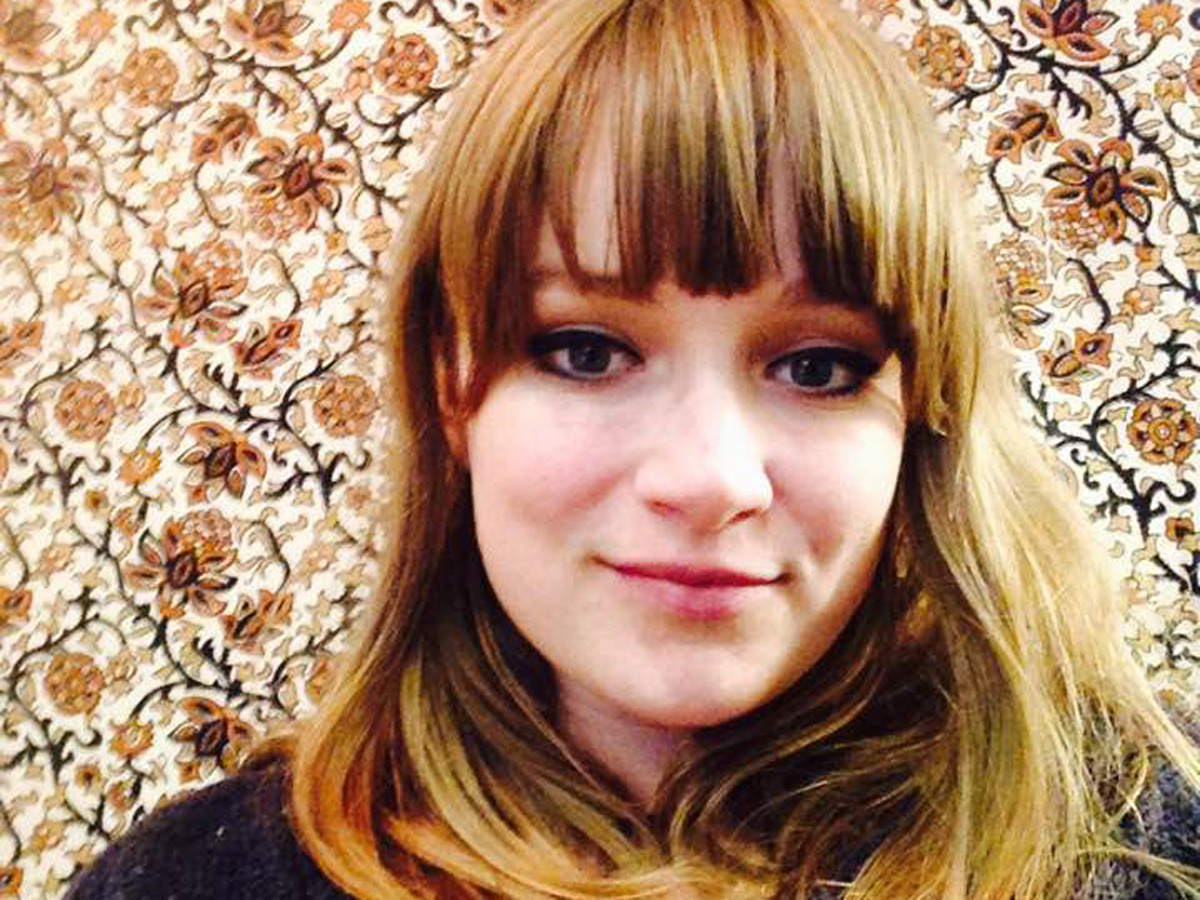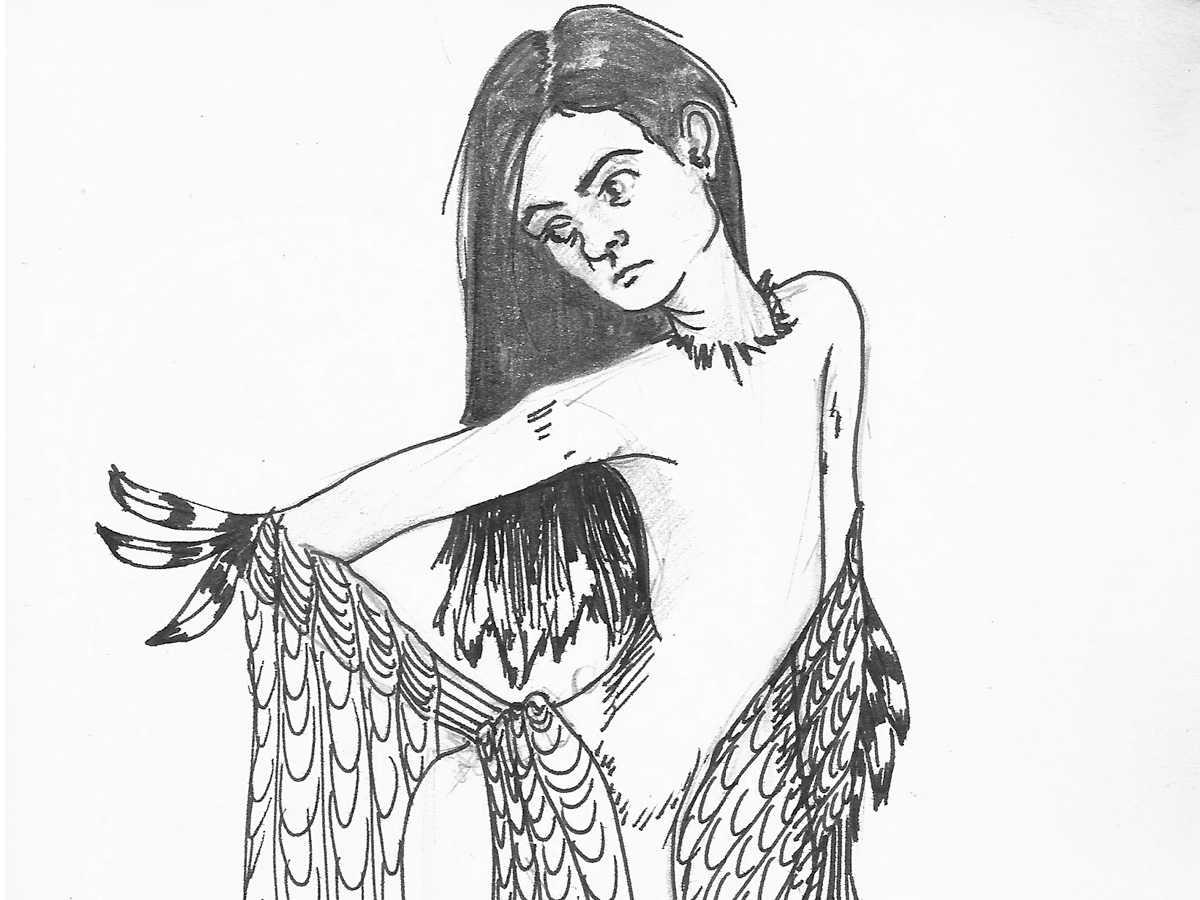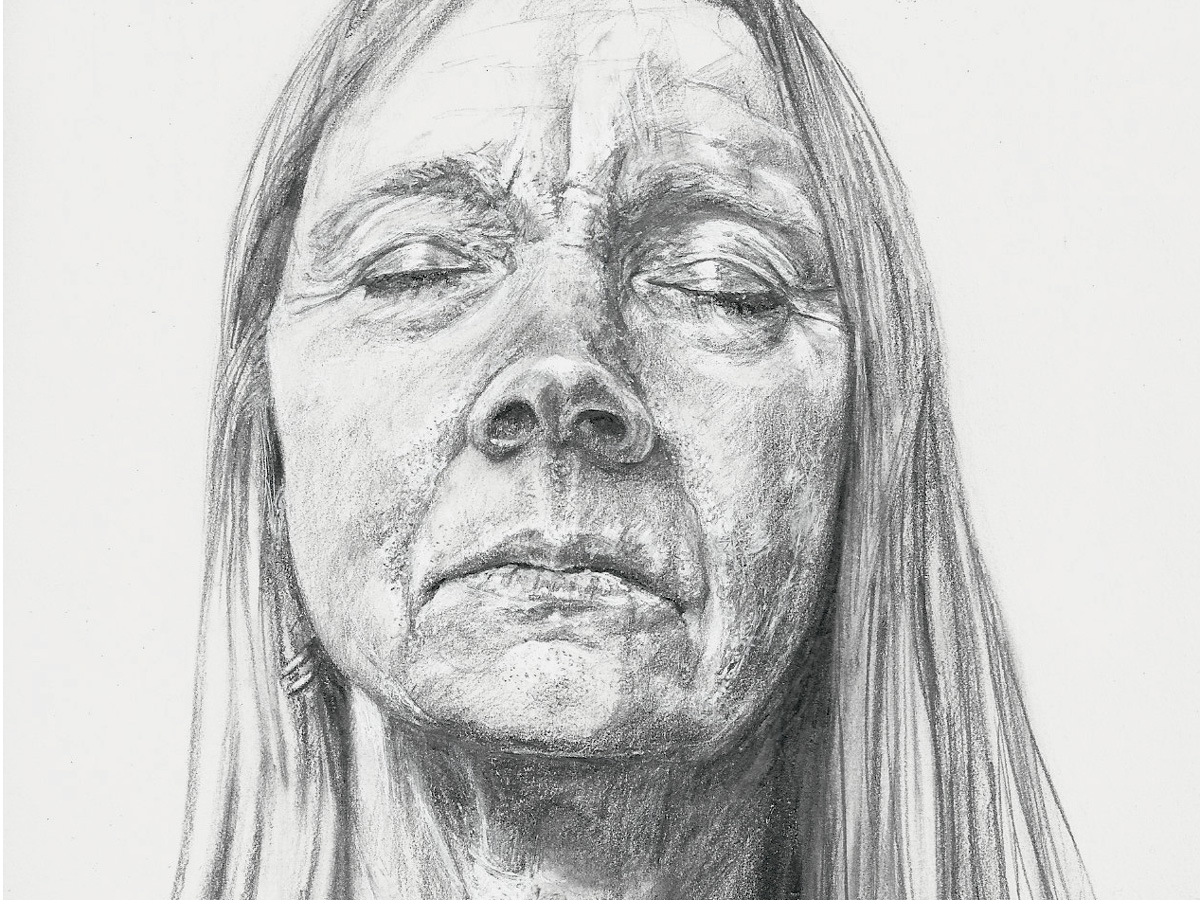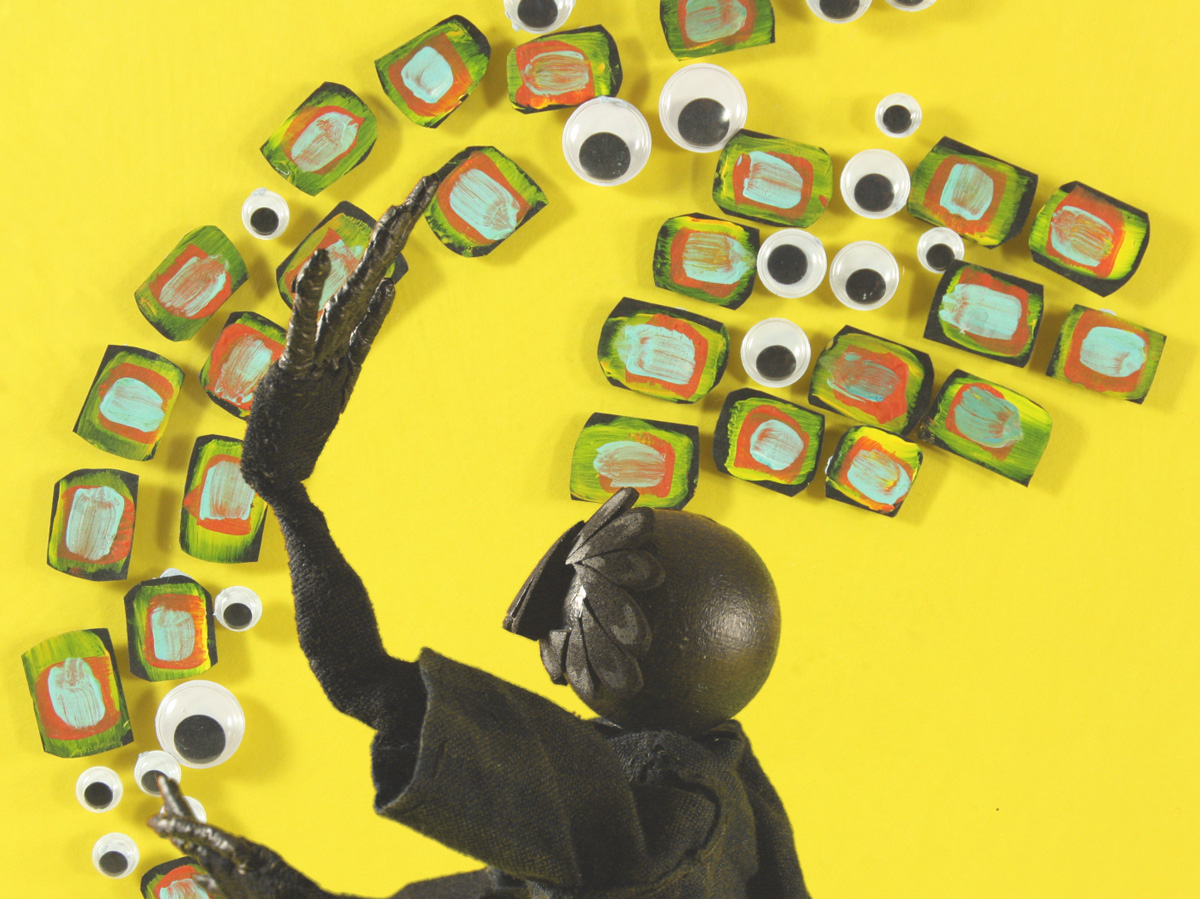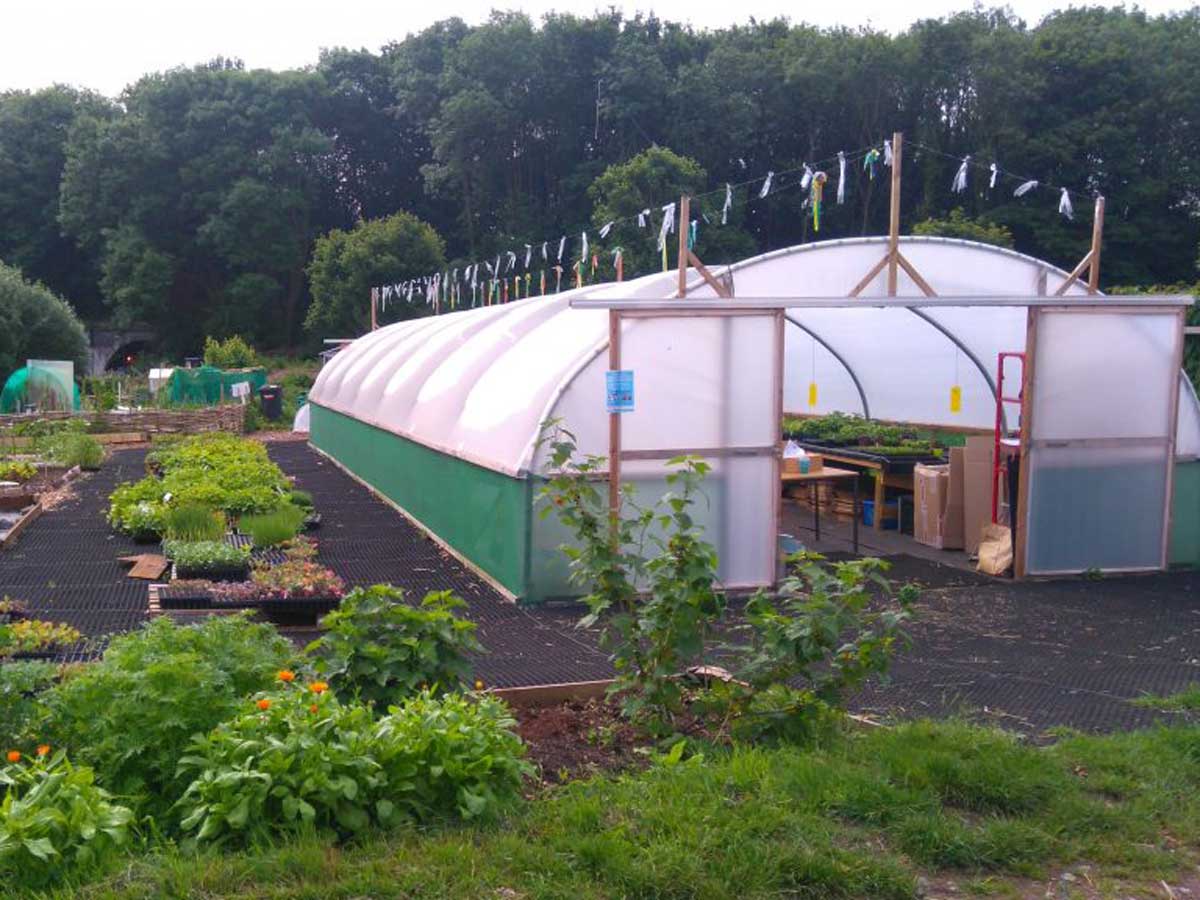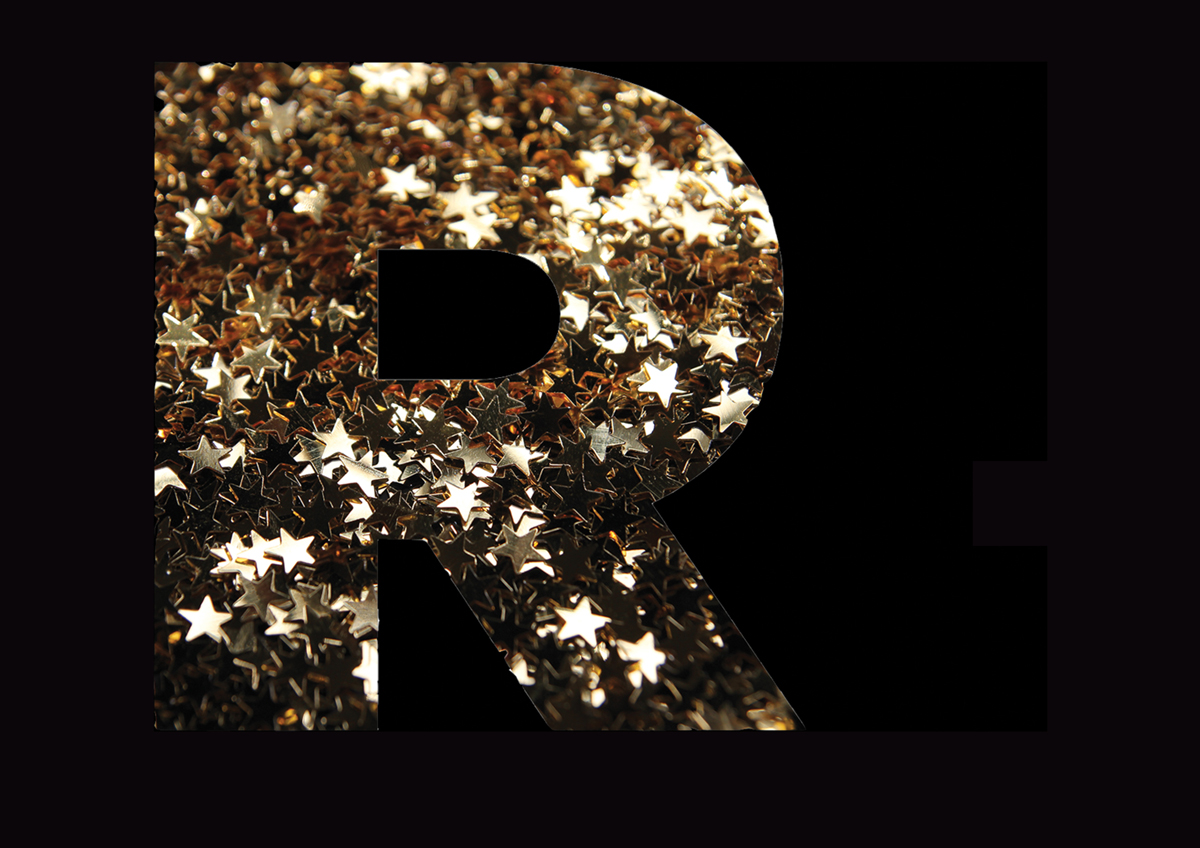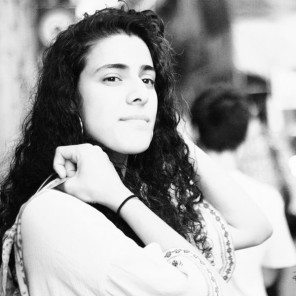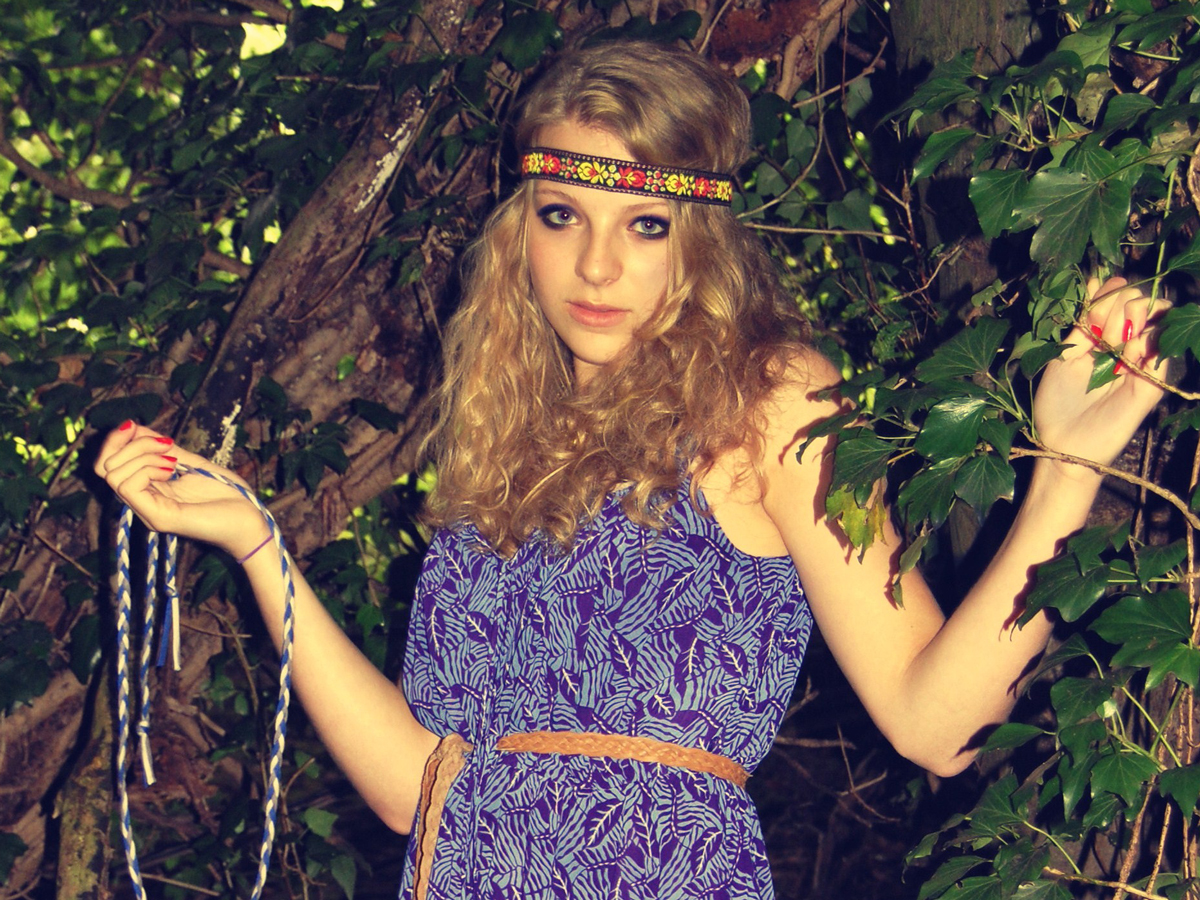INTERVIEW: With Animator Jessica Suzanne Davies
Jessica Suzanne Davies is an animator with a background in fine art. As well as working with King Rollo Films, Davies has completed several of her own projects, including a children’s book. Nickie Shobeiry speaks with this talented artist about her life and work.
Did you always know you wanted to be an artist?
I was always drawing as a child. My grandmother is a painter and I remember her critiquing my drawings as a four-year old. She didn’t like rubbers, because you can never learn from a mistake. My mother is a beautiful draftswoman, too.
What kind of stuff were you making in school?
When I was 15, I made a four-foot high by three-foot wide doll’s house, made of shoeboxes. It was years of my life, going up in threes. In each box, I had symbols of what was going on in my life at the time. Now I think about it, it was bloody personal. I had a mini-mug for each person in my family. My father died when I was three, so I made a shattered one for him. Most people had done a little box, and I walked in with this thing, with fairy lights and fake flowers. I was very flamboyant, but I’d also do a lot of sketching and life drawing.
How about college?
There was structure – paintings on canvases, sketchbooks. I hated everything I made. Near the end, I regained some confidence, but I can’t look at the paintings from then. After that, I did a Foundation. I specialised in fine art, which is weird because even then, I wanted to be an animator. The usual route is illustration, but I like to set my own criteria, and you can do that in fine art. I went to Camberwell, London, for a fine art degree. They had graduates who’d gone on to have jobs in animation. Again, I was hedging my bets.
Tell me about your first animation.
It was very grandiose, and I never finished it. I still want to make it. It’s a little empty world, except for a lot of beautiful, modernist architecture. The world is split by a glass wall running the length of it. I called it ‘NoMa’; the story is about one character, ‘No’, and another, ‘Ma’. It’s a love story. No is the one we follow, and Ma we see at the beginning. No wants to get to Ma, but they’re on opposite sides of the wall, seeing each other through the glass. It’s a chase through this architectural space. They never meet.
[rife-guide-events]
Is there any advice from your teachers that stuck with you?
I liked my teachers, but much of what I got from my degree was from me. I did a lot of reading and overall, my thinking changed. I can see why some may sneer at fine art, but I loved that, fundamentally, it was alright to do anything in that space. In its formation, the work is valid – although the end product might not be. That always was tempered with pretension. Art has the possibility to be very subversive, creating an arena for questioning. Within that, it’s linked to capitalism, and the rise of nihilism. Capitalism is this incredible mechanism that consumes the subversive and makes it its own – you can see it with every fad. In the art world, the image of the artist is more important than the art. My premise is, if you haven’t put thought into what you’re doing, then I won’t, either.
Did you see a lot of that?
In my first year, I went on art night out. It was at a proper old-man pub in Peckham. Loads of artists had taken over the back room and were doing performance art. One girl made cocktails in her mouth, and then served them to you in a glass. The starring role was a guy who got up on stage and wanked. In the 70s, Vito Acconci would lie in a concealed floor panel, with a glass panel over him. He’d wank as people walked over him. I’m not saying it couldn’t have conceptual power, but this boy didn’t. He needed to be wasted, in a pub, with jeering friends. There were a couple occasions of people playing at being the artist – but that wasn’t true of everyone, of course.
Did that affect your teaching?
I’ve never taught in London, which makes a difference. When I was young, Brighton was full of a certain type of kid – a bit too cool for school. At 15, I was crippled by these people, and felt desperate for them to like me. I felt I could never wear the right thing. Camberwell made it very obvious to me that there is no ‘right thing’. If you’re wearing the right thing, you’re probably already wearing the wrong thing. Many people had breakdowns. I got a First in the end; I was happy, but eventually struggled with how self-indulgent it was. Half of me believed the world was a better place for having art in it. The other half thought, ‘I’m spending my days playing with bin-liners while there are people down mines’. I didn’t want to be part of the art scene in London, I didn’t want to schmooze at galleries. After graduation, I was excited to make narrative films.
Are you working on one now?
I’m putting finishing touches to my stop-motion film. It’s one character doing a dance of life and death. First, the character isn’t moving. He wakes up and his environment also awakens. He starts to explore his own movement and environment, and how he can move, jump, twirl. As his understanding grows, so does his environment. He begins to make beautiful colours appear in the background, and shapes appear from the floor. It reaches a pinnacle when he’s at his most powerful, and the environment is at its most bright and colourful. He’s the most alive. Suddenly, the environment dampens down, and the connection breaks. He tries to act the way he did before, but the link is broken. As the darkness descends, he loses power, and slowly moulds back into his original shape, where he’s inert in the dark.
What’s the biggest misconception about animation?
That it isn’t as time-consuming as it is. There’s a lot of technicality in creating the illusion of a motion, and how different physics apply in different situations. Animation combines science with art, which is what I’ve always felt torn between.
What do you mean?
I love knowing things and being able to break it down. I love chemistry, but I wouldn’t like being in a lab. I’d rather spend my days doing art, reading The New Scientist. You can’t do everything.
Creative jobs can seem impossible to land. How do you overcome this?
It seems daunting when you’re applying for jobs, but actually, you just need one person to say ‘yes’. As soon as you’ve got one foot in the door, you’ve got the experience, and are much more likely to get another job and another job.
Whose career do you look up to?
Children’s illustrators like Barbra Firth, who did ‘The Park in the Dark’. Shirley Hughes, who did the ‘Alfie’ books. Richard Williams – he’s the god of animation, the one that formalised it and put it into a book. Frank Thomas did a lot of the animation in The Jungle Book – he’s one of Disney’s Nine Old Men. I’ve always liked Frida Kahlo, because she was ill in bed and painted. But then sometimes I want to be a neuroscientist.
What’s the purpose of art for you?
It makes me feel like I exist. Creating something from my imagination is extraordinary, because it doesn’t exist anywhere apart from between my ears – and then suddenly, it’s on the paper. With animation and storytelling, it’s far freer of pretension. Working for children certainly is. I like the idea of dropping a story into the early memory of a child.
And you’re working on children’s series, ‘Winnie and Wilbur’?
It’s very exciting. I loved the books as a little girl. It’s a 52-episode series – we’re in production with a company called Winduna, starring the voices of Bill Bailey and Katy Brand. The books have been going since 1987. I always loved the illustration style, because it was extremely detailed, scratchy and dark. There were cobwebs and spiders and interesting mechanics everywhere.
What’s the animation process been like?
We’ve pushed the software, CelAction, to almost breaking point. We’ve pushed how you can build characters with it – now they can move in far more fluid ways. It’s fascinating to work on a cutting-edge project.
What’s next for you?
I have lots of ideas for illustrated children’s books, and I’m hoping to get my first one published. I’ll be putting my film into festivals. I’m also producing images for Crafted Oak Co. I have intentions to start my own stop-motion company, too.
How do you describe success?
Spending the majority of your time doing something that you love. It’s quite difficult, but if you can get a bit of that – that’s success.
To find out more about Jessica Suzanne Davies, and to see her work, go here
Tell us some of your favourite animation films. You know where… Twitter, Facebook, the ushhh.
Check out these art and illustration opportunities on the Rife Guide

